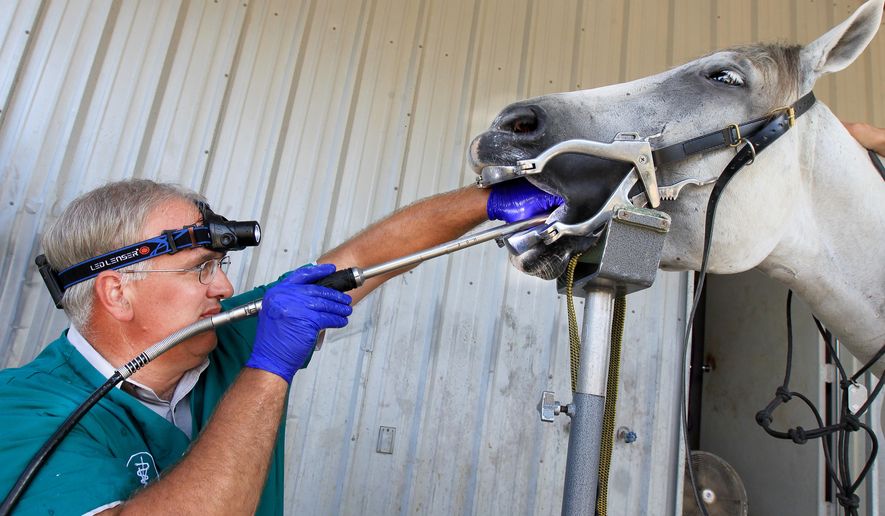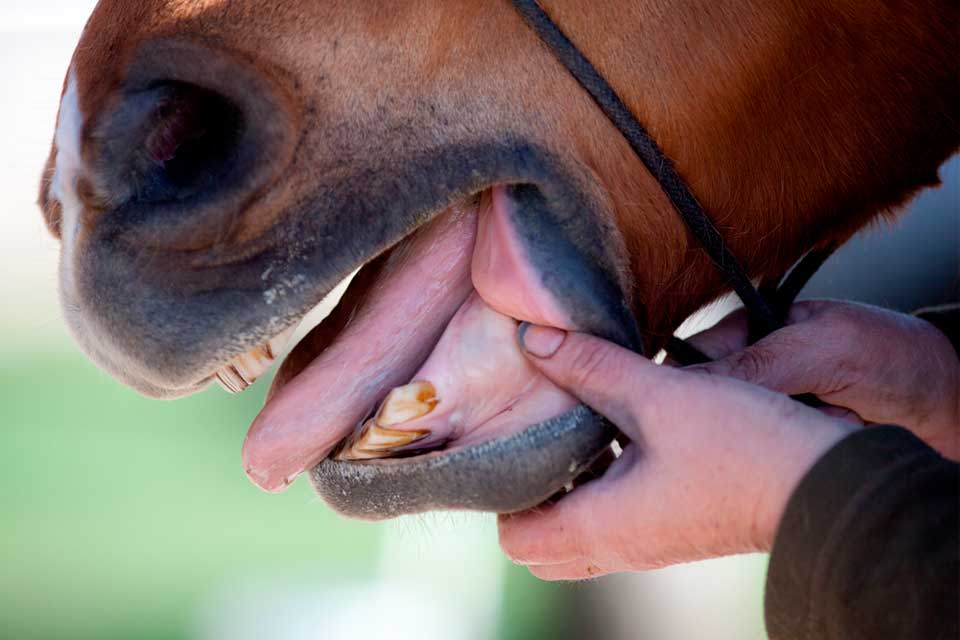For those who are passionate about horses, understanding their health is crucial. One important aspect of equine health is dental care, including equine tooth extraction. This procedure is sometimes necessary for the well-being of the horse and can greatly impact their overall health. It is important to know when and why this procedure is needed, and how it is performed.

Understanding Equine Dental Anatomy
Horses have a unique dental anatomy that requires special attention. They typically have between 36 to 44 teeth, depending on gender and age. For a detailed understanding, you can refer to this equine dental chart that provides insights into the dental structure of horses.
The Importance of Dental Health in Horses
Good dental health is critical for a horse’s overall well-being. Horses with dental issues may experience pain, weight loss, and behavioral changes. Regular dental check-ups can prevent these problems and ensure your horse remains healthy and happy.
When is Equine Tooth Extraction Necessary?
There are several scenarios where equine tooth extraction becomes necessary:
- Dental Disease: Horses can suffer from dental diseases like periodontal disease which can necessitate extraction.
- Impacted Teeth: Sometimes, teeth do not erupt properly, causing pain and requiring removal.
- Tooth Fractures: Accidents or wear can lead to fractures, making extraction the best option.
Signs Your Horse Might Need a Tooth Extracted
Recognizing the signs that indicate a tooth extraction is needed can save your horse from discomfort. Look for symptoms like difficulty eating, dropping food, bad breath, and facial swelling.
Preparation for Equine Tooth Extraction
Before the procedure, your veterinarian will conduct a thorough examination of the horse’s mouth. This may include x-rays or other diagnostic tools to determine the exact condition of the teeth.
The Role of the Equine Dentist
An equine dentist or a veterinarian with specialized training in dentistry will perform the extraction. Their expertise ensures the procedure is done safely and effectively.
The Tooth Extraction Process
The process of equine tooth extraction involves several steps:
- Anesthesia: The horse will be sedated to ensure they are calm and pain-free during the procedure.
- Removal: The dentist will carefully extract the affected tooth, taking care to minimize trauma to the surrounding tissues.
- Post-Extraction Care: After the extraction, the horse will need special care to ensure proper healing.
Post-Extraction Care and Recovery
After the extraction, your horse will need a soft diet and may require antibiotics to prevent infection. Follow-up visits with the dentist are crucial to monitor healing and address any complications.
Potential Complications and Risks
Like any medical procedure, equine tooth extraction carries some risks. Complications can include infection, bleeding, or damage to adjacent teeth. However, with proper care and skilled veterinary practice, these risks can be minimized.
Preventive Measures to Avoid Tooth Extraction
Regular dental check-ups and maintaining your horse’s oral hygiene can prevent many dental problems that might lead to extraction. For more tips on maintaining dental health, visit equine dental care.
The Importance of Choosing the Right Professional
Choosing a qualified and experienced veterinarian or equine dentist is crucial for the success of the procedure. Their expertise will ensure your horse receives the best care possible.
Cost Considerations
The cost of equine tooth extraction can vary based on the complexity of the procedure and the professional’s experience. It’s important to discuss costs upfront and factor them into your horse’s care budget.
Conclusion
Understanding the necessity and process of equine tooth extraction is vital for any horse owner. By recognizing the signs and ensuring professional care, you can maintain your horse’s dental health and overall well-being. For more insights on equine health, consider reading about why horses need dental work.

FAQs
What are common signs that a horse needs a tooth extraction?
Common signs include difficulty eating, dropping food, bad breath, and facial swelling. It’s important to consult a veterinarian if you notice these symptoms.
How often should horses have dental check-ups?
Horses should have dental check-ups at least once a year to prevent dental problems and ensure overall health.
What is the recovery time for a horse after a tooth extraction?
Recovery time can vary but generally ranges from a few days to a week. Follow-up care and monitoring by a veterinarian are essential to ensure proper healing.
This article contains affiliate links. We may earn a commission at no extra cost to you.
